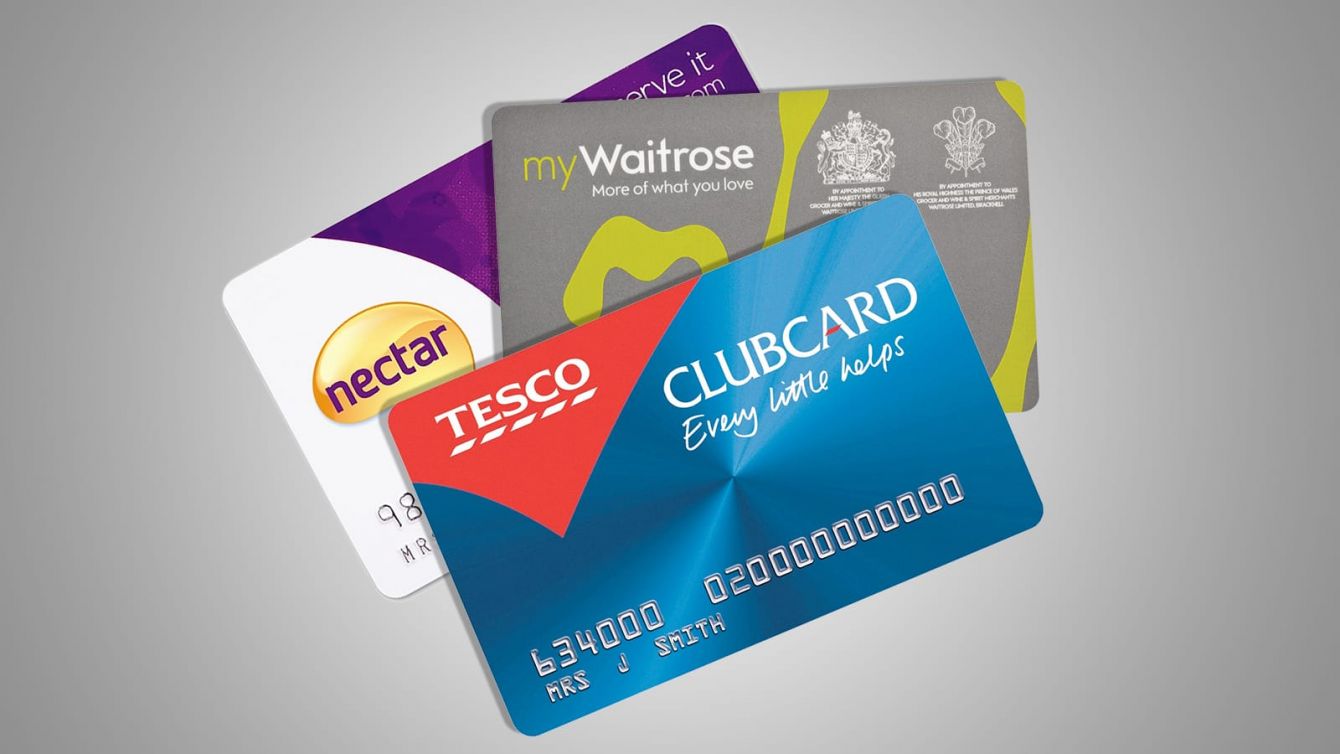Ask a shopper marketing or shopper insights professional about what they would most like to know about shoppers, and you’ll get a broad range of answers. Some may want to know who their target shopper is; or which stores they shop in. Others may want to know which promotional mechanic is likely to be most effective. But there is one area which few seem to consider, yet that I find critical in understanding shoppers and planning effective shopper marketing activities. That question is this: what decision making authority does the shopper have?
Shoppers won’t make decisions they are not authorized to make
Too often the assumption is that once the shopper marketer has identified who their target shopper is, and which stores they can be found in, all that remains is to create a brilliant in-store marketing mix and the purchase is won. Sadly that simply isn’t always true. The shopper may be interested, may even be won over, but unless they have the authority to make that decision, there and then in the store, then unfortunately most shoppers won’t make the decision.
 Let me illustrate with a few examples. A housewife shops on behalf of the entire family. In her basked may be products for the entire family; products for her husband, and products for herself. Let’s look at the products she buys for the family – The choice of vegetables she buys may be completely up to her – she has complete authority over the decision. When it comes to meat, she can choose between chicken and pork, and perhaps which cut, but a decision to treat the family to steak may require consultation with her husband. When it comes to the body wash she buys for her husband, she knows that he will use whatever she buys, and so she has complete freedom to pick up whatever she finds: but when it comes to the beer he drinks she knows he likes Heineken, so she won’t switch brands no matter how persuasive the in-store marketing campaign is. She chooses a deodorant for her teenage daughter, and whilst she won’t choose a new brand without talking to her daughter first; she will try a new variant within the brand that she thinks her daughter might like. She wouldn’t consider switching deodorant variants for her teenage son however – he’s hormonal at the moment and it simply isn’t worth the hassle.
Let me illustrate with a few examples. A housewife shops on behalf of the entire family. In her basked may be products for the entire family; products for her husband, and products for herself. Let’s look at the products she buys for the family – The choice of vegetables she buys may be completely up to her – she has complete authority over the decision. When it comes to meat, she can choose between chicken and pork, and perhaps which cut, but a decision to treat the family to steak may require consultation with her husband. When it comes to the body wash she buys for her husband, she knows that he will use whatever she buys, and so she has complete freedom to pick up whatever she finds: but when it comes to the beer he drinks she knows he likes Heineken, so she won’t switch brands no matter how persuasive the in-store marketing campaign is. She chooses a deodorant for her teenage daughter, and whilst she won’t choose a new brand without talking to her daughter first; she will try a new variant within the brand that she thinks her daughter might like. She wouldn’t consider switching deodorant variants for her teenage son however – he’s hormonal at the moment and it simply isn’t worth the hassle.
All the above is fictional, of course (though is pieced together from real conversations with real shoppers); but shoppers do make different decisions in different categories, and the scope of the decisions they make is determined by the authority vested in them by – among other things – the consumer and the budget holder. A single person, buying for their own consumption is likely to have much more freedom to choose than a married one buying for others out of a shared budget. Understanding how this concept works is critical for shopper marketers: clearly persuading a shopper to make a decision that they are not authorized to make is less likely to be as effective as working on an authorized decision.
Understanding shopper decision making authority requires a focused understanding of the target shopper
For the shopper marketer to have a hope of cutting through this, they need to clearly understand which shoppers they are targeting. Whether the shopper is the consumer or not; the shopper marketer then needs to understand what behavioral change is required of the shopper, and whether or not the shopper has authority to make that decision. If the shopper does not have that authority; then the marketer will struggle in any attempt to persuade them in-store. Instead, the shopper marketer should focus on persuading whoever does hold that authority – perhaps the consumer, or the budget holder – before investing against the shopper.
In this omni-channel world, marketers must understand that decisions are complex, and are made in different ways in different circumstances. Decision making authority sometimes lies with the consumer, sometimes with the shopper; sometimes a mix of both. To market effectively, it is key to understand who is the decision maker for the decision you wish the shopper to make. Armed with this knowledge shopper marketers can target in-store battles they can win: increasing the chances of shopper marketing success.
How does your brand target shoppers, and ensure that target shoppers have the authority to make the decisions you want them to make? Have you had any surprises when understanding who your target shopper is?
If you have examples where this has occurred, or of having overcome this, I’d love to hear them in the comments section below.
Share this article with your colleagues below:






Shopper messaging exists in a very different context to consumer communication. We’re in a store, where the shopper might only give us a second or two to convince them to buy. We have to be concise, and choiceful, about what we communicate. Our objectives are different too. With consumer communication we are trying to change their attitudes towards our brand, and to influence their usage. Shopper communication has a different objective. We want the shopper to change their shopping behaviour, now, in this store. We want them to buy our brand in place of (or as well as) whatever they would usually do. And of course, the shopper and the consumer might be completely different people, with different experiences of the brand, and different decision making abilities.